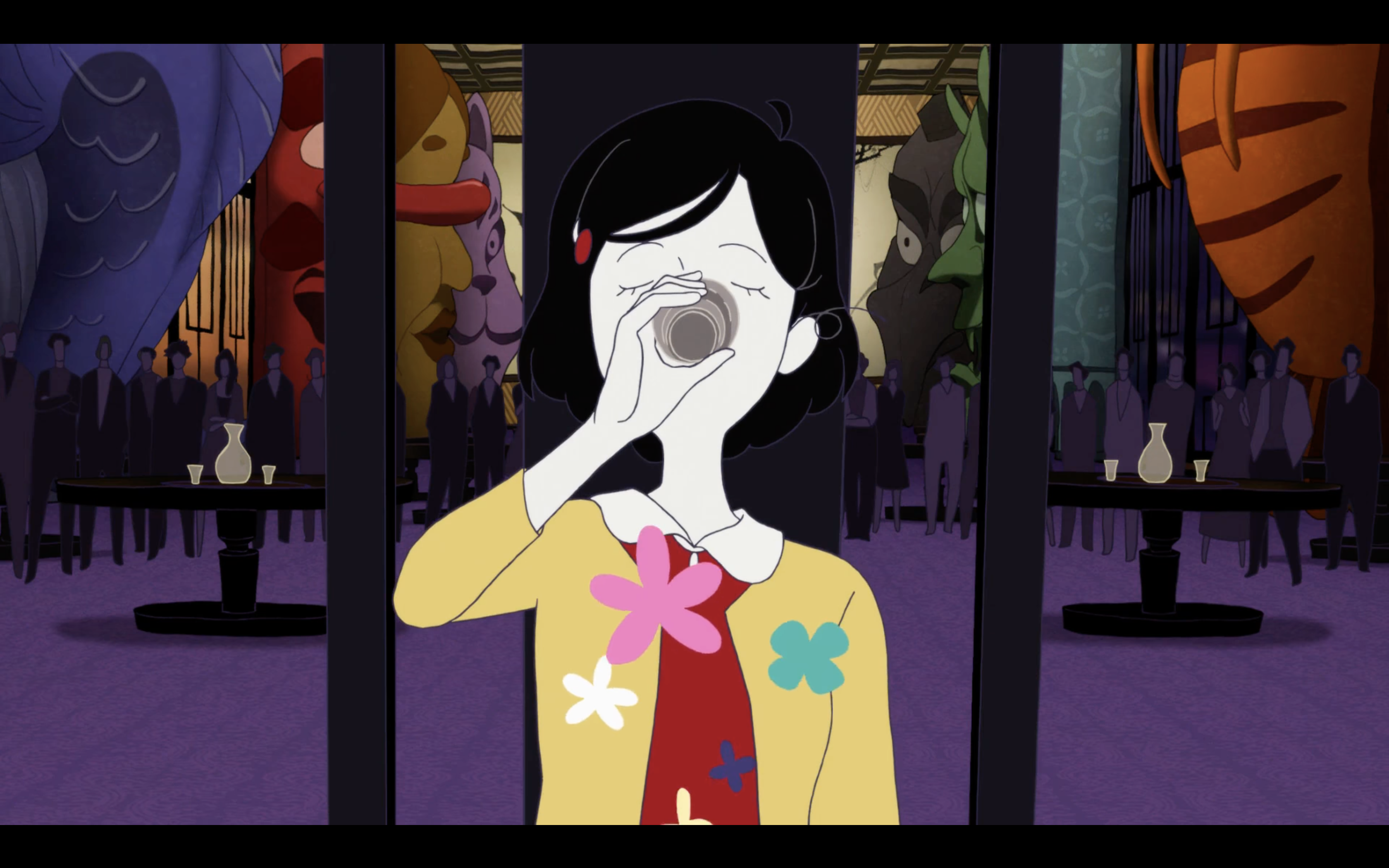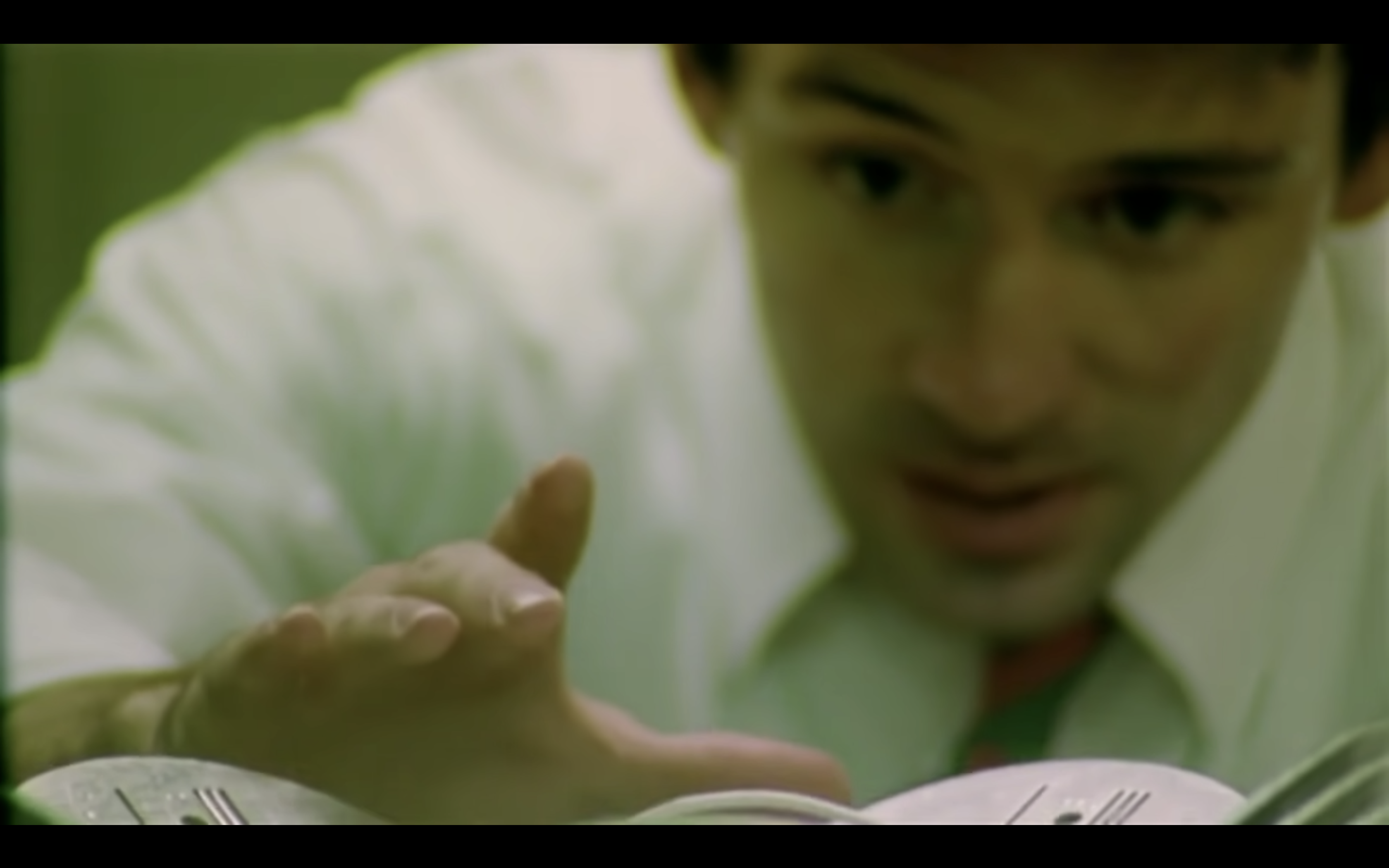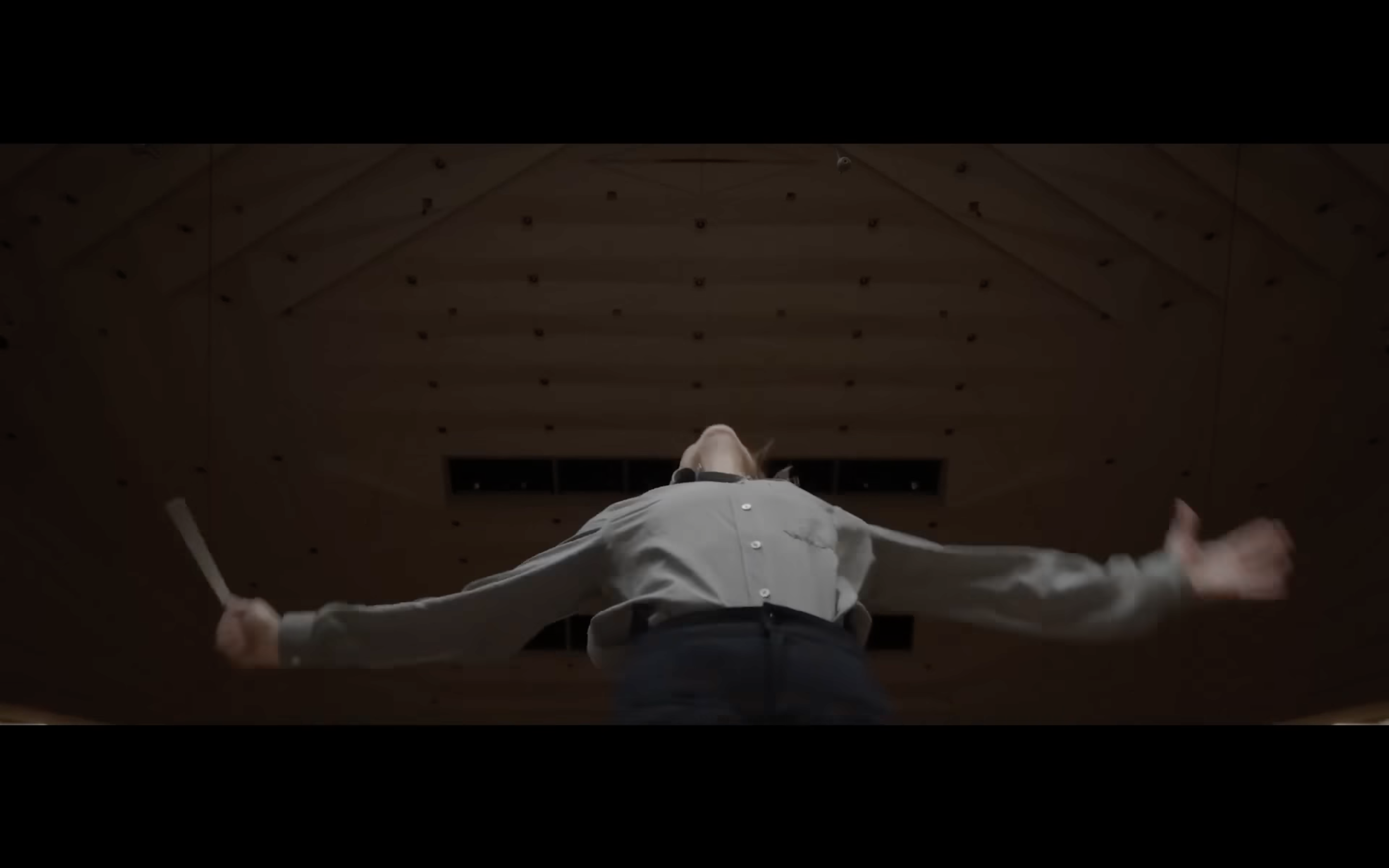
Recently, I attended the 58th Chicago International Film Festival. I was able to attend 3 films. This is the third of the three subsequent reviews fro, the festival.
Charlotte’s Wells’s 2022 feature Aftersun is not really constructed around a plot, rather is a collection of related moments, depicting a vacation of the father-daughter pair Calum (Paul Mescal) and Sophie (Frankie Corio). These moments are, if anything, deeply affecting, both by themselves and in relation to each other. We see moments of tenderness and joy. We see moments of brokenness and the turmoil in the relationship between the characters.
We see Calum’s struggle with mental illness and self-worth. After a fight with his daughter, he goes out clubbing for the night, gets drunk, and passes out on the bed naked, unaware of Sophie knocking on the hotel room door trying to get back in for the night.
We see Sophie’s struggle as she enters adolescence. She spends time with a group of young adults who are also on vacation at the same spot as her. She watches them interact with each other and witnesses their relationships. She spends time with a boy around her age, who reveals his attraction to her and with whom she shares her first kiss at the age of 11.
The perspective and time setting bounces around in order to build to the film’s resolution. At times, we get home videos shot by Sophie and Calum on their vacation. We get to experience some moments through their eyes. Other times we see Calum in a dark room and loud, lit by a bright strobe light, almost unidentifiable as he flings his arms around in something that resembles “dancing.” Eventually, these moments include a young woman yelling at him. The chronological placement of these club scenes aren’t entirely clear, and perhaps they are more representational than an actual depiction of events, symbolizing the collapse of the father daughter relationship. Over time, it becomes clear that the young woman yelling at Calum is Sophie. She leaves him, and as the camera pulls away, amidst the strobing white light, she becomes her 11-year-old self again.
We also get events that are clearly in the future. A young woman wakes in the middle of the night, sitting up in bed beside her partner, a woman who calls her Sophie. This adds context and meaning to all the earlier clips of Sophie. Her relationship with the boy she met. The same sex couple she watches make out in a hallway of her hotel. At another point, we see Calum bawling, sitting on the side of a bed, naked and breaking down with his back to the camera. Cut to a set of postcards addressed to his daughter. We see an older Sophie, sitting on her couch, watching the old vacation videos. A baby starts crying in the background. And the implications built by these moments and the order they are given in are clear and devastating.
We are not given everything. There are things that are left illusory. We do not get a depiction of the relationship’s last straw, at least a clear one. We do not even get the build to whatever this point might have been. But we do see enough. We see the before. We see small hints at what might have built into something bigger. We see the final results of all the buildup we didn’t fully witness. This is a broken father and daughter relationship. The power of the films is in the fact that it leaves so much up to implication and interpretation. What we witnessed throughout the film was, perhaps, the last happy moments between the two. The film closes as it opens: home video of Calum seeing Sophie off at the airport as she returns home to her mother, alone.
Although these moments are all deeply affective, since all we get are moments, it is hard to hold onto anything as a moment. It is a struggle to pull anything out as especially and uniquely tangible, so it feels like a lot falls through your fingers. In all honesty, I am a little ambivalent to this aspect of the film and its nature. Like I said previously, I think the moments are deeply effective and organized in a moving way. That being said, I do find myself wishing there were more individual pieces of time that I can hold. But perhaps this is part of the point: this relationship is fleeting, these moments are fleeting. The characters cannot fully hold onto their time, and neither can we.


